Remembering David Lewis
Urban Designer, Architect, Teacher, Writer, & Artist
“Tradition is the bridge between the past and the future. Urban Design is the science and the art of the bridge.”
Beginnings
Fittingly, for someone with a life’s journey that took him from South Africa to just a little southeast of downtown Pittsburgh, David Lewis had a global impact. And just as fittingly, up to the end of his 98 years, he was focused on the local — working with his wife, Judi, to help revitalize their adopted hometown of Homestead just up the Monongahela River from downtown.
An artist as well as an architect, David’s vision of modern urban design was to incorporate multiple viewpoints and disciplines, encouraging a consensus by all of a community’s stakeholders to chart a course for revival in cities and their neighborhoods. In many ways, this was shaped by his environment and experiences.
Born in 1922, he grew up in his grandparents’ home in Cape Town, South Africa, at a time when apartheid was growing more oppressive and intolerable. In response, he took part in activism while at the University of Cape Town — and was exiled from his home nation because of it.
While living in the U.K. after World War II — a period when cities across Europe were rebuilding from devastation — David became a writer before pursuing architecture at the University of Leeds. He combined the two passions and authored influential books on urbanism, such as “The Pedestrian in the City,” “Urban Structure,” “The Growth of Cities,” and “New Housing in Great Britain.”
David also became a friend and colleague to many artists, publishing monographs on the sculptors Constantin Brâncusi and Thaddeus Mosley; the painters Piet Mondrian, Terry Frost, and Peter Contis; and the potter Warren MacKenzie. With the painter Eric Atkinson, he co-authored “The Incomplete Circle,” which examines art and art education as self-discovery rather than as the transfer of skills.
It is with this unique blend of personal experiences, interests, and expertise that David came to Pittsburgh in 1963 to head a new urban design program in the College of Architecture at the Carnegie Institute of Technology (now known as Carnegie Mellon University). His initial curriculum was developed around the modernist notions of the need to make radical departures from tradition to improve the quality of life for people living in cities.
However, upon moving to Pittsburgh and gaining first-hand knowledge of what was happening in American cities during the turbulent ‘60s, David’s thinking changed. He reconceived his Carnegie curriculum to follow a different approach to design education, one that connected students to residents, businesses, economists, and political leaders to better understand the issues and opportunities to be considered when making proposals for interventions. He recognized that architects were ideally positioned to capture the synergy between the lives and aspirations of citizens, the design of buildings, and the design of cities. David called it the “Urban Laboratory” — a place to test ideas.
A New Way of Thinking about Cities
The same year he began teaching, David and Ray Gindroz founded UDA, one of the earliest known architecture practices to focus on urban design as a foundation for designing new buildings. It was nearly simultaneous with the signing of the Civil Rights Act of 1964, as American cities became the center of strife and racial division in response to segregation and practices of discrimination. During this era of deep division and unrest, David and Ray began to receive commissions from city leaders looking for solutions to address rapidly deteriorating urban neighborhoods and downtowns. UDA began to implement a process of citizen engagement as a method for understanding what was important and what was needed to move forward with a shared vision.
This approach required multi-disciplinary teams working together to understand the physical, social, environmental, and financial components that affect the propositions for change and influence the outcome. David was instrumental in building a professional coalition within the American Institute of Architects (AIA) in the ‘70s to advance urban design as a distinct professional practice component and service. His tireless work with colleagues helped establish the AIA’s program of Regional/Urban Design Assistance Teams (R/UDAT), where multi-disciplinary teams would dedicate time and resources to work with cities in intensive workshops to propose strategies for significant environmental, economic, and social reinvestment in targeted initiatives. The organization and approach to this program was built on the UDA practice model that David and Ray invented.
Teaching a Generation of Practitioners
Over the years, David’s teaching positions expanded to include the Andrew Mellon Professor of Architecture and Urban Design at Carnegie Mellon University, the William Henry Bishop Professor of Urban Design at Yale University and the Henry Hyde Professor of Urban Design at the University of Nebraska. In 1979, David co-founded the Institute for Urban Design led by Ann Ferebee. At Carnegie Mellon University, he co-founded the Remaking Cities Institute in 2006.
David challenged many ideas about architecture throughout his career. He taught urban designers how to better understand cities through the lives and aspirations of their citizens. He felt it was important that architects understand how different places have unique patterns shaped from familiar sources across broad geographies and that the form of many American cities exhibits the foundations of democratic collaboration and inclusion.
As we look at the urban design profession today, the best practice standard starts with requirements for an open and transparent citizen engagement process, as well as coordinated input and response from multiple disciplines and points of view to reach consensus on a common vision. This spirit of collaboration stems directly from David’s work and teaching.
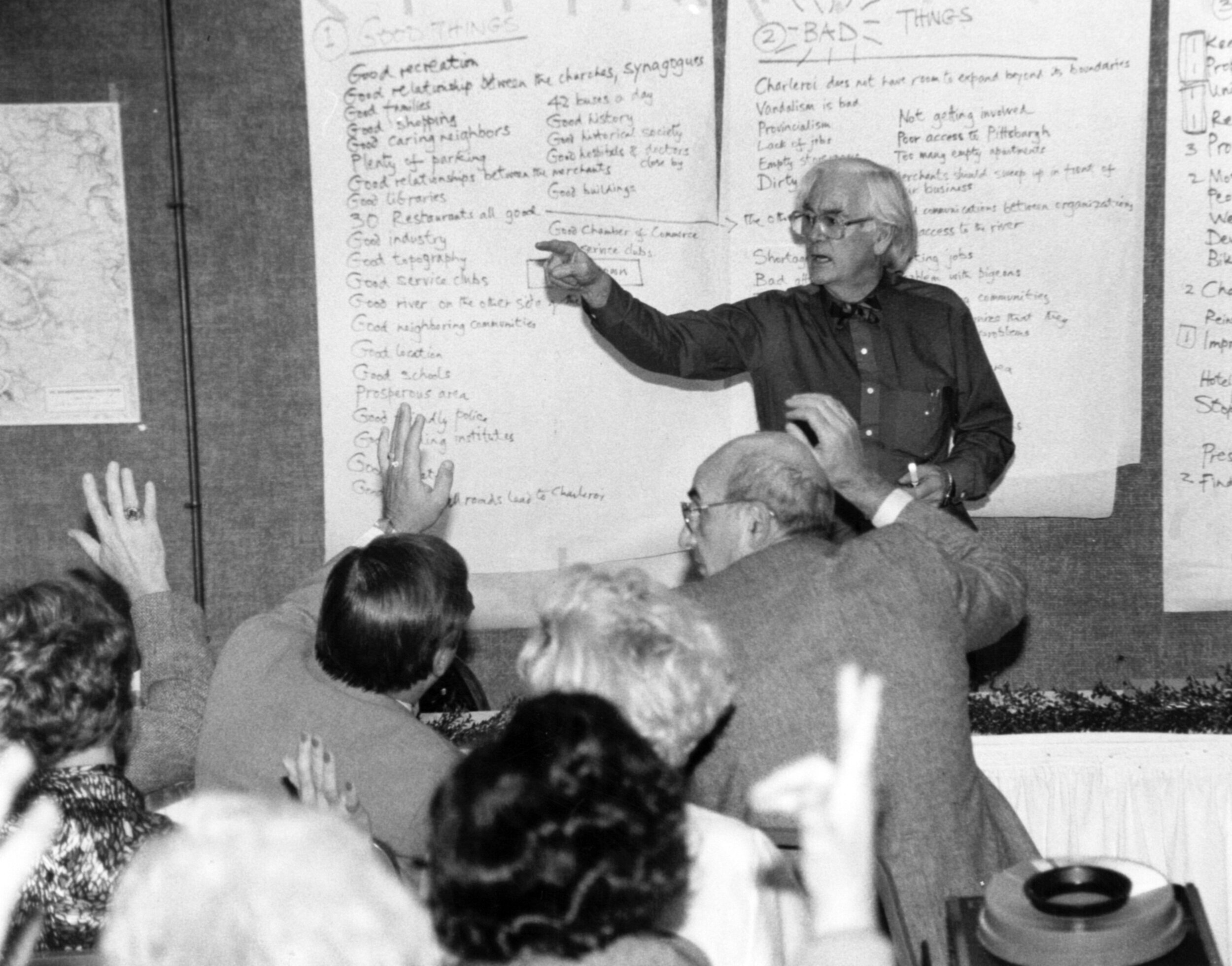
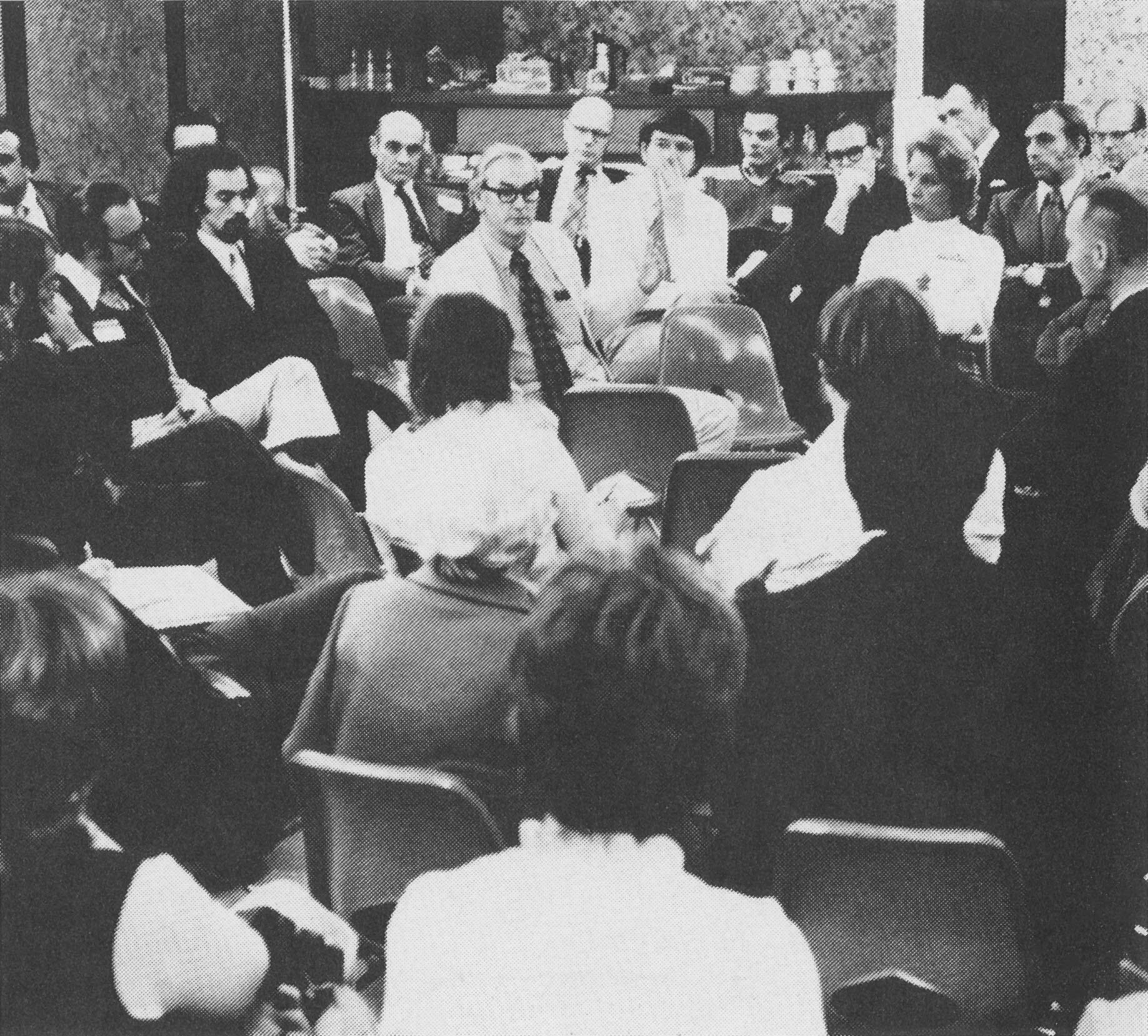
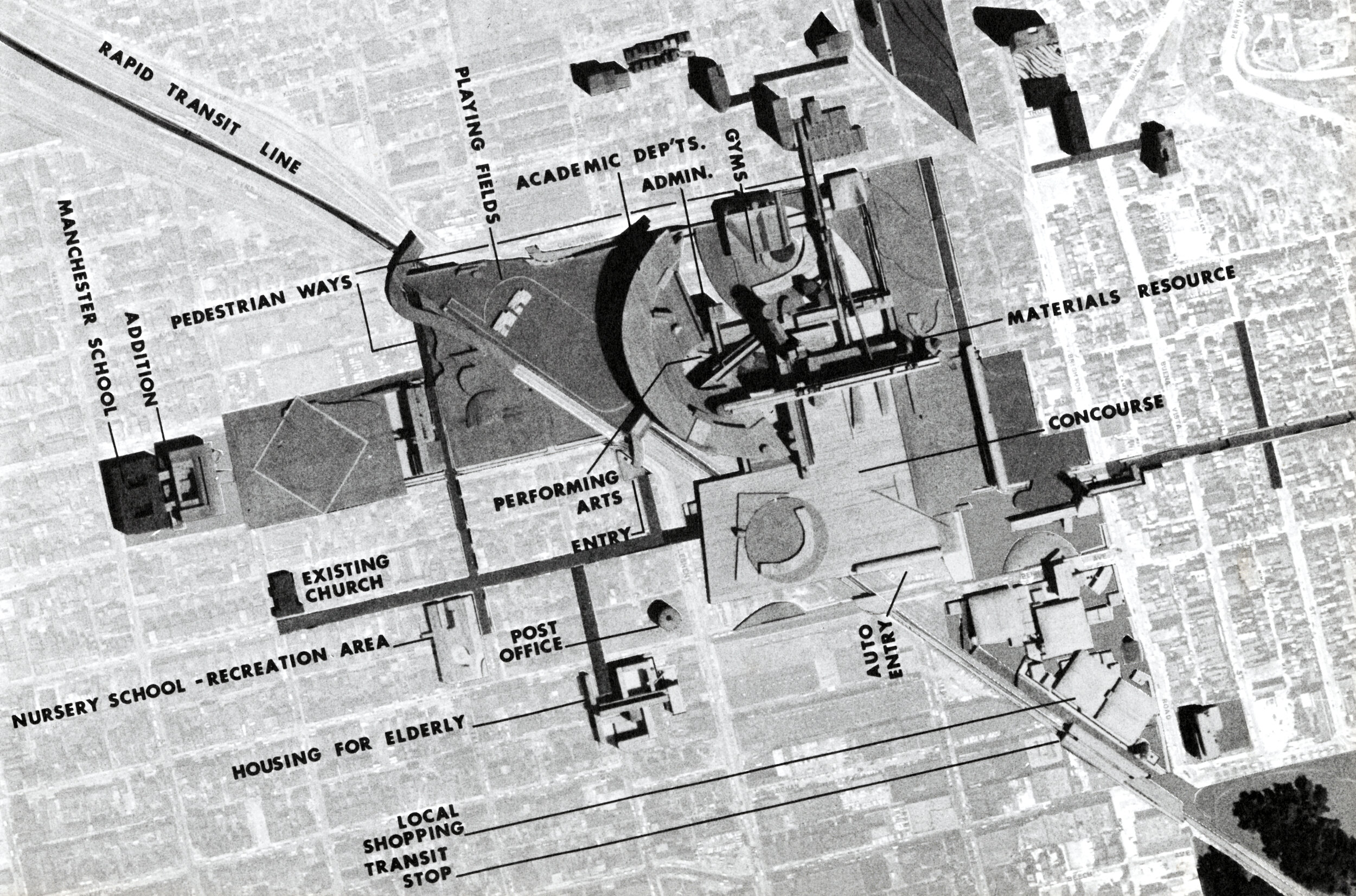
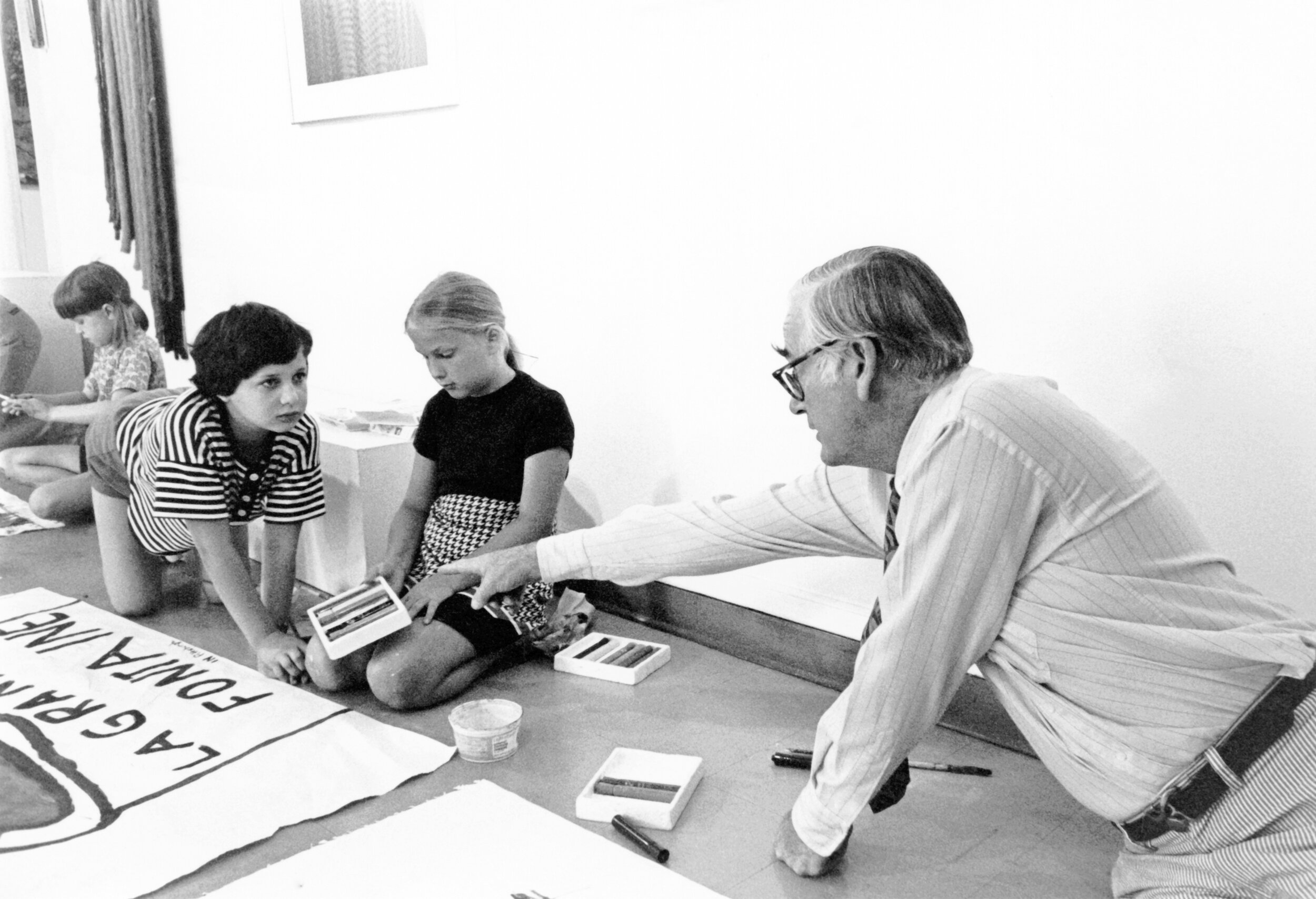
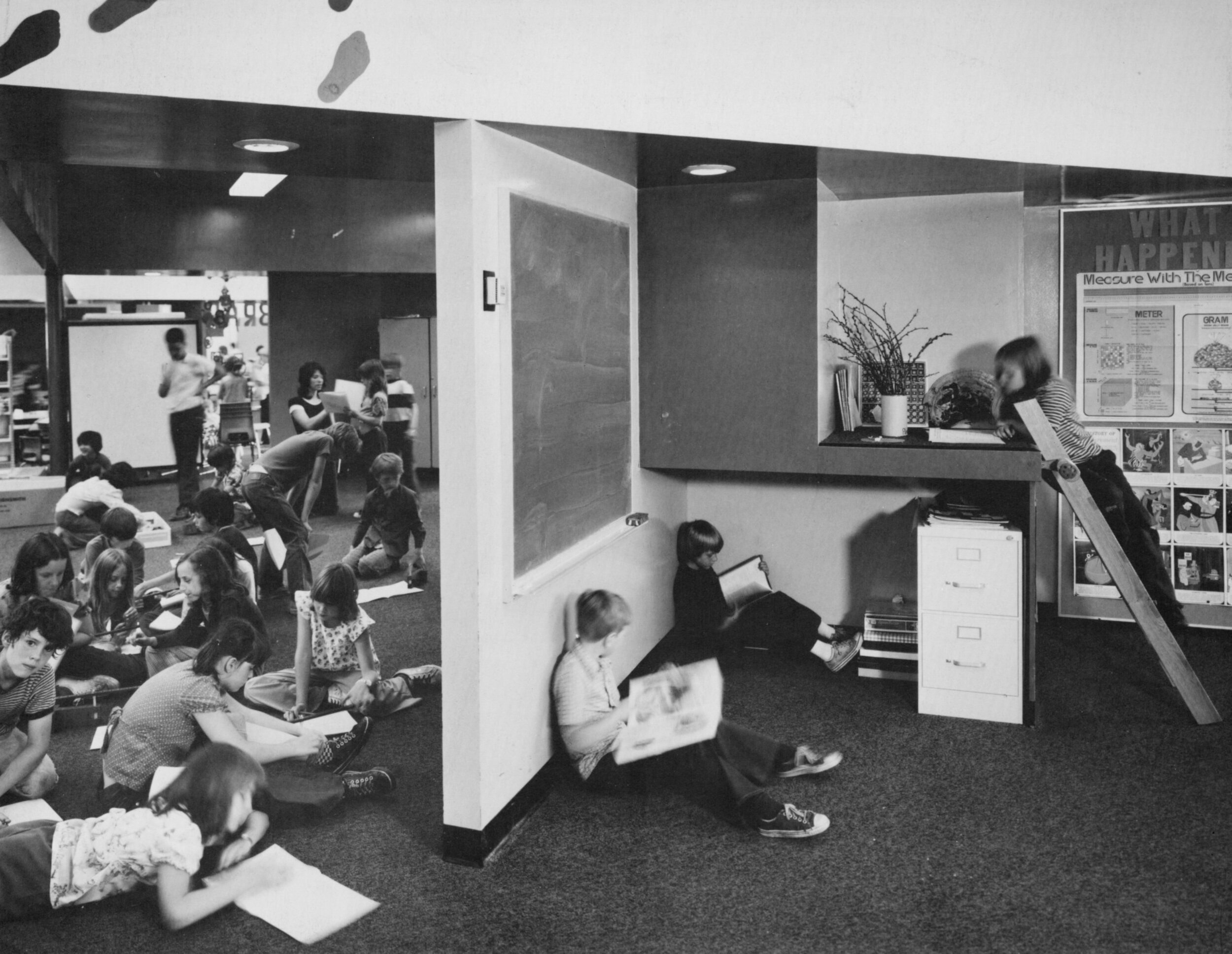
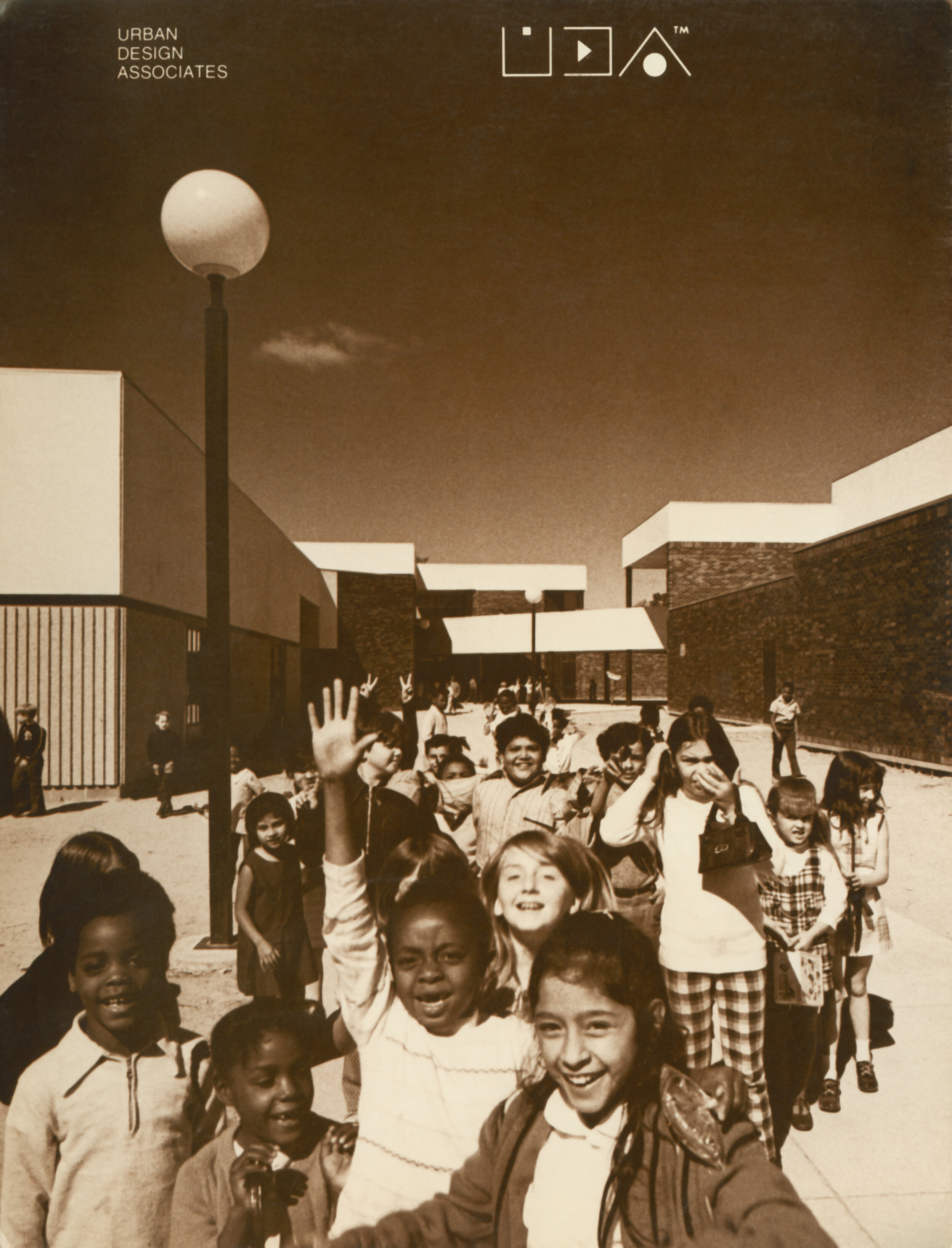
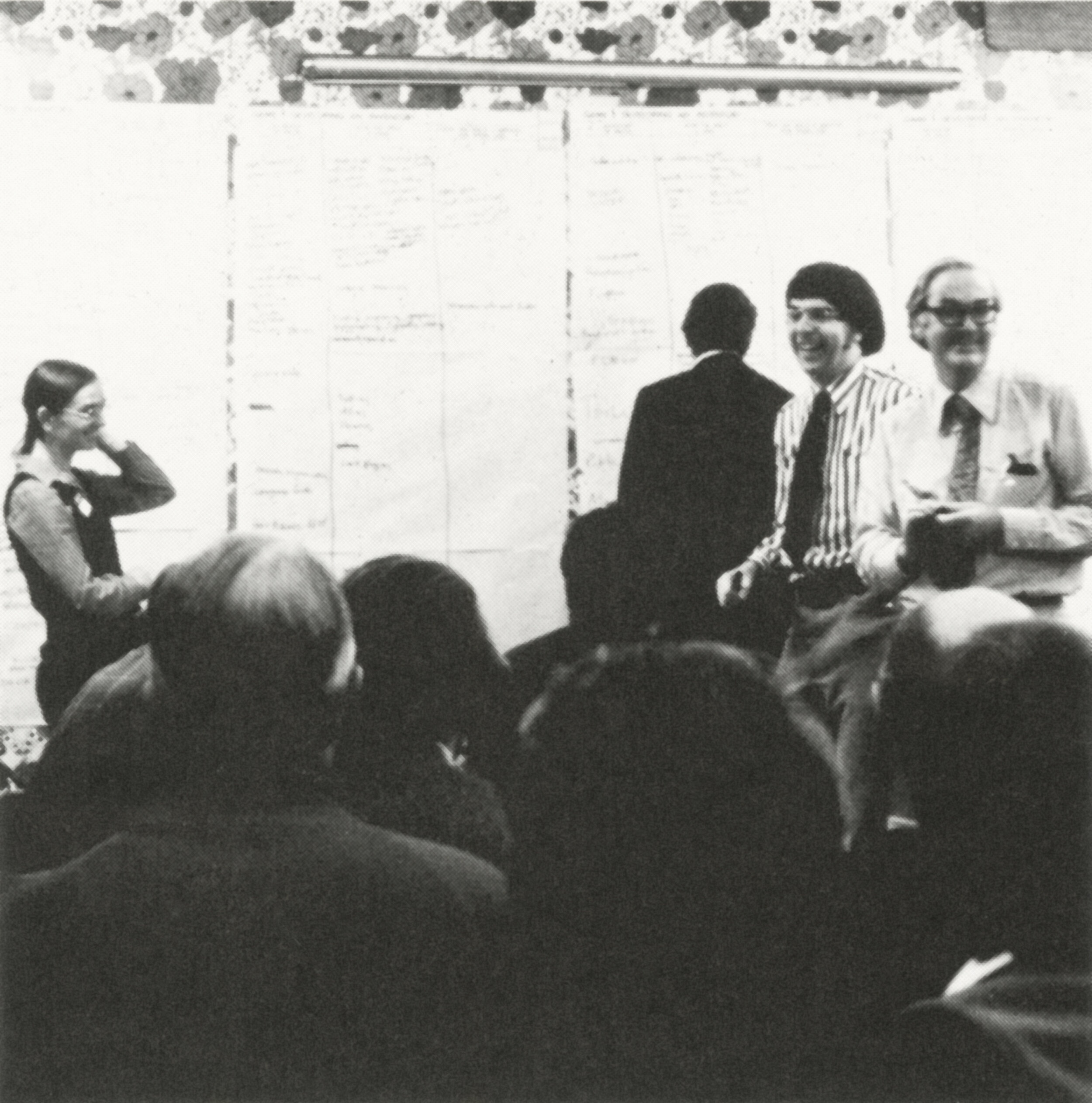
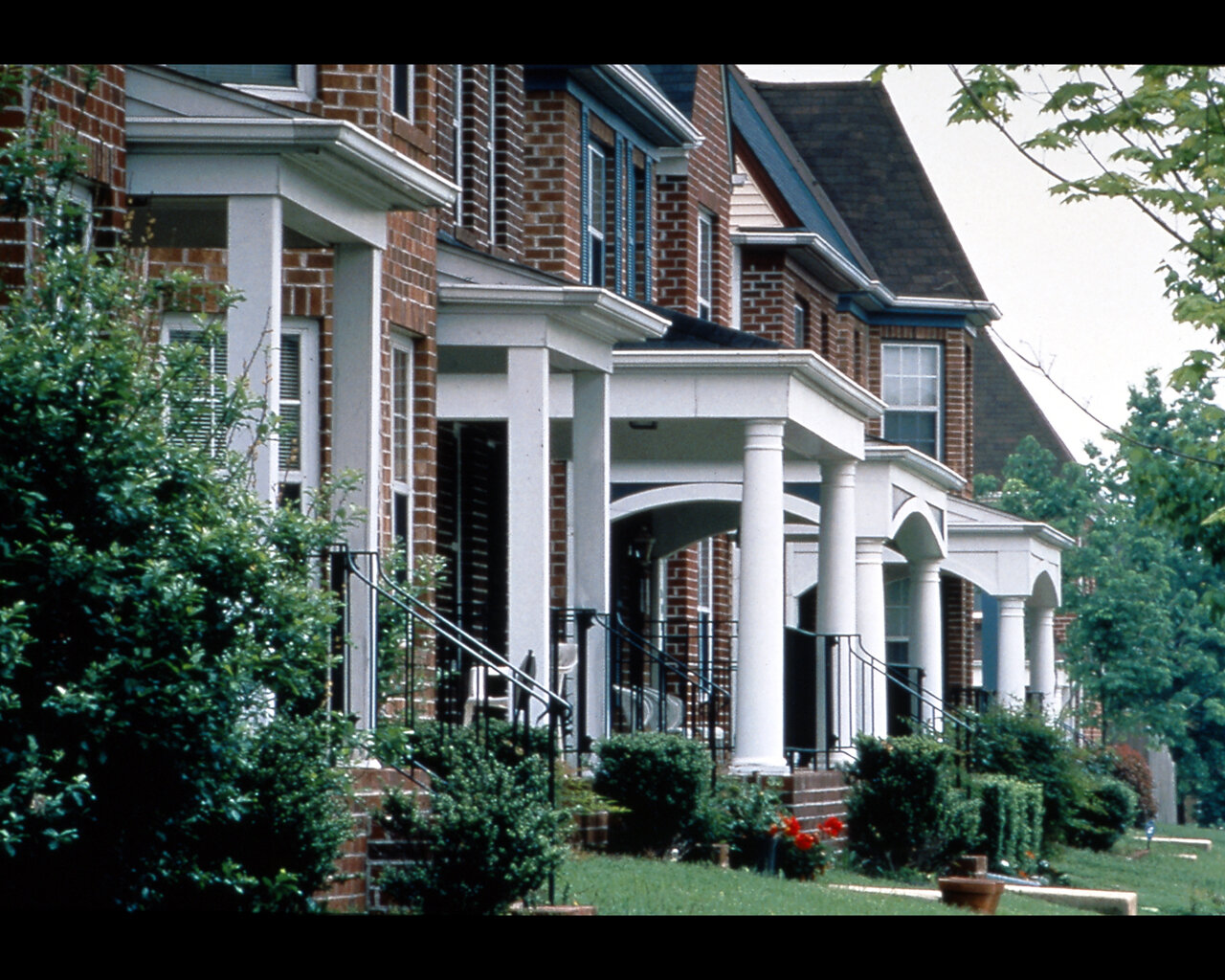

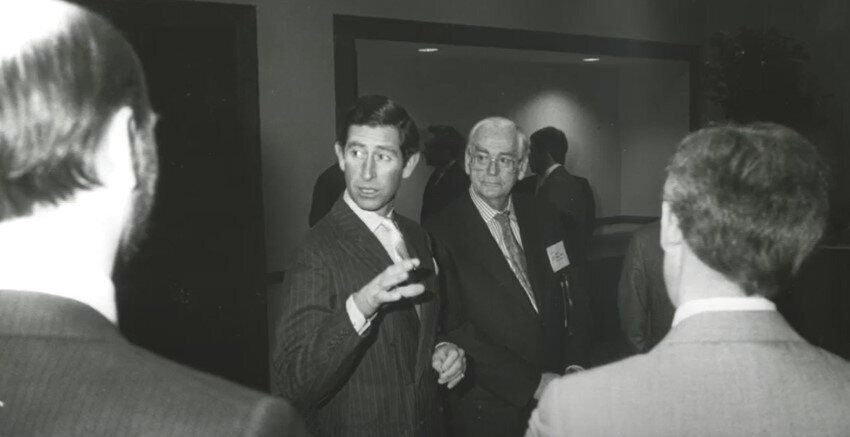
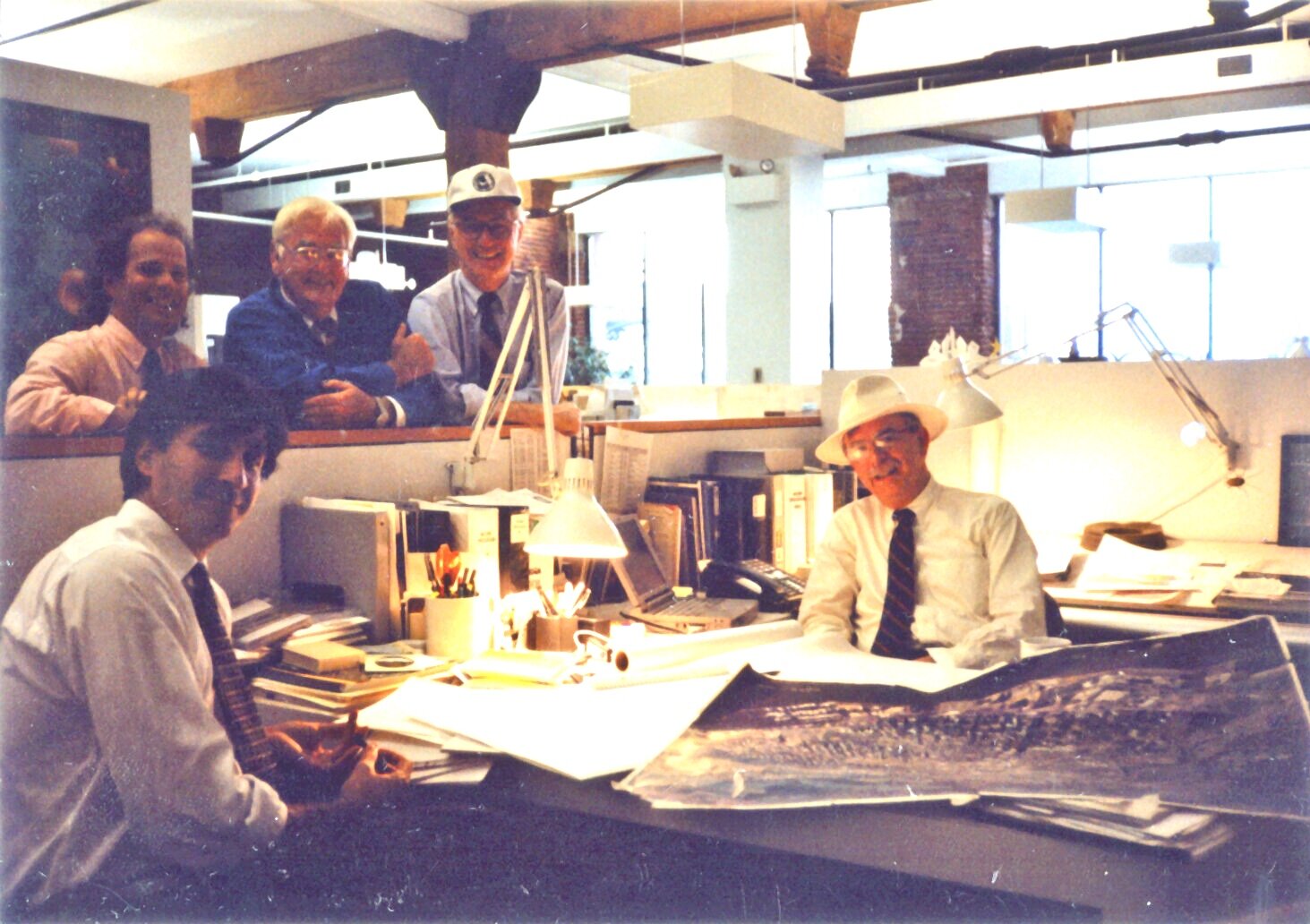
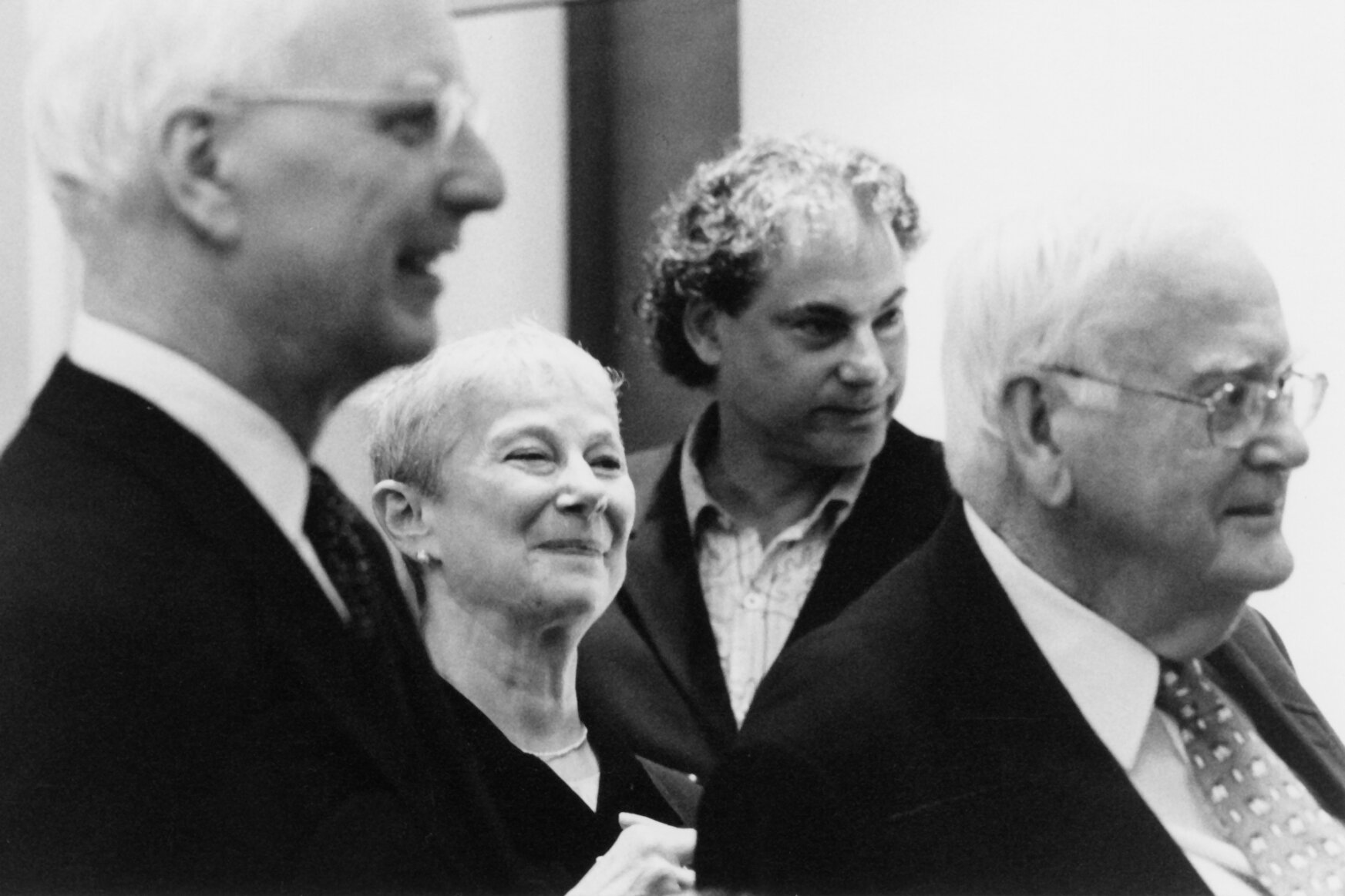
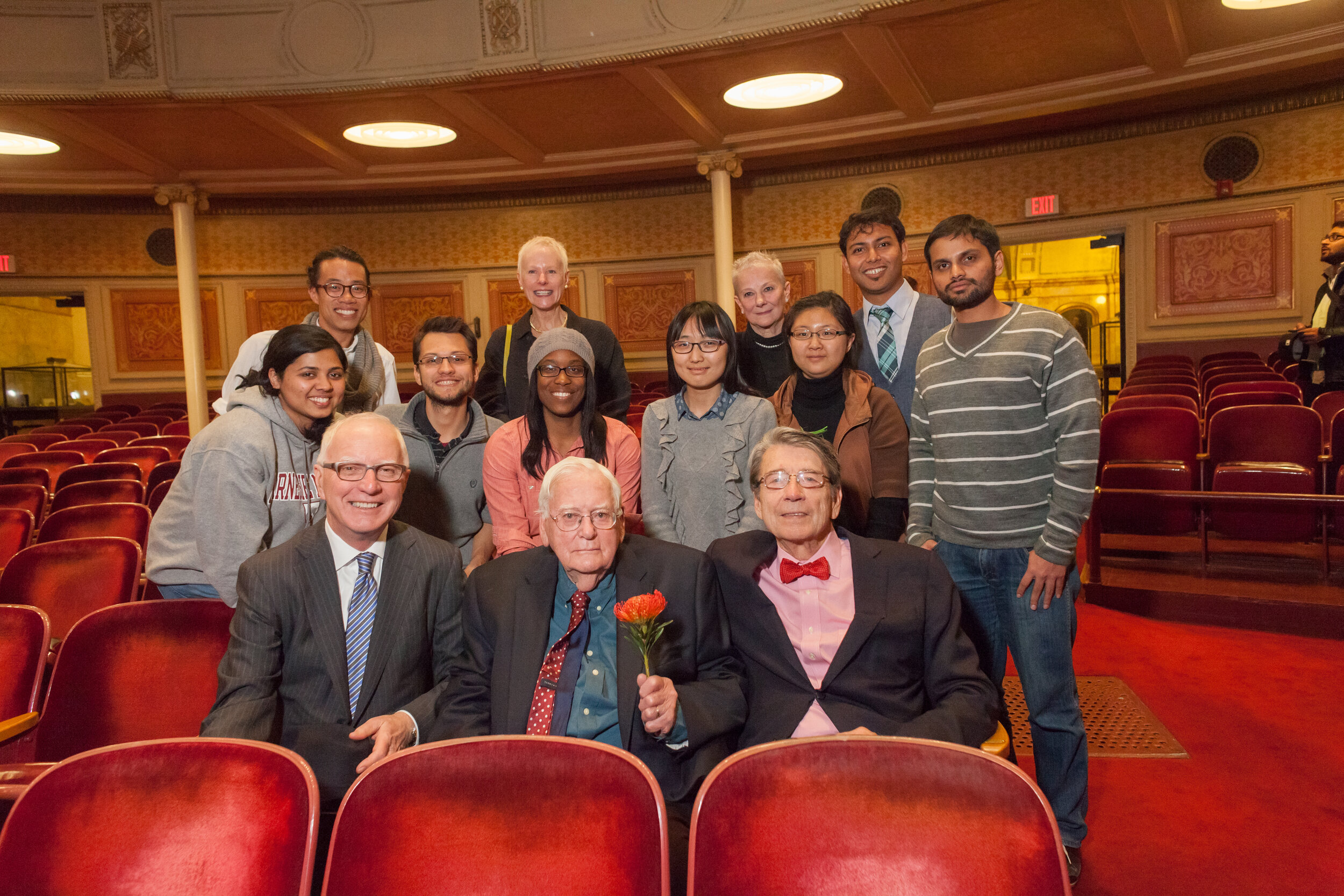
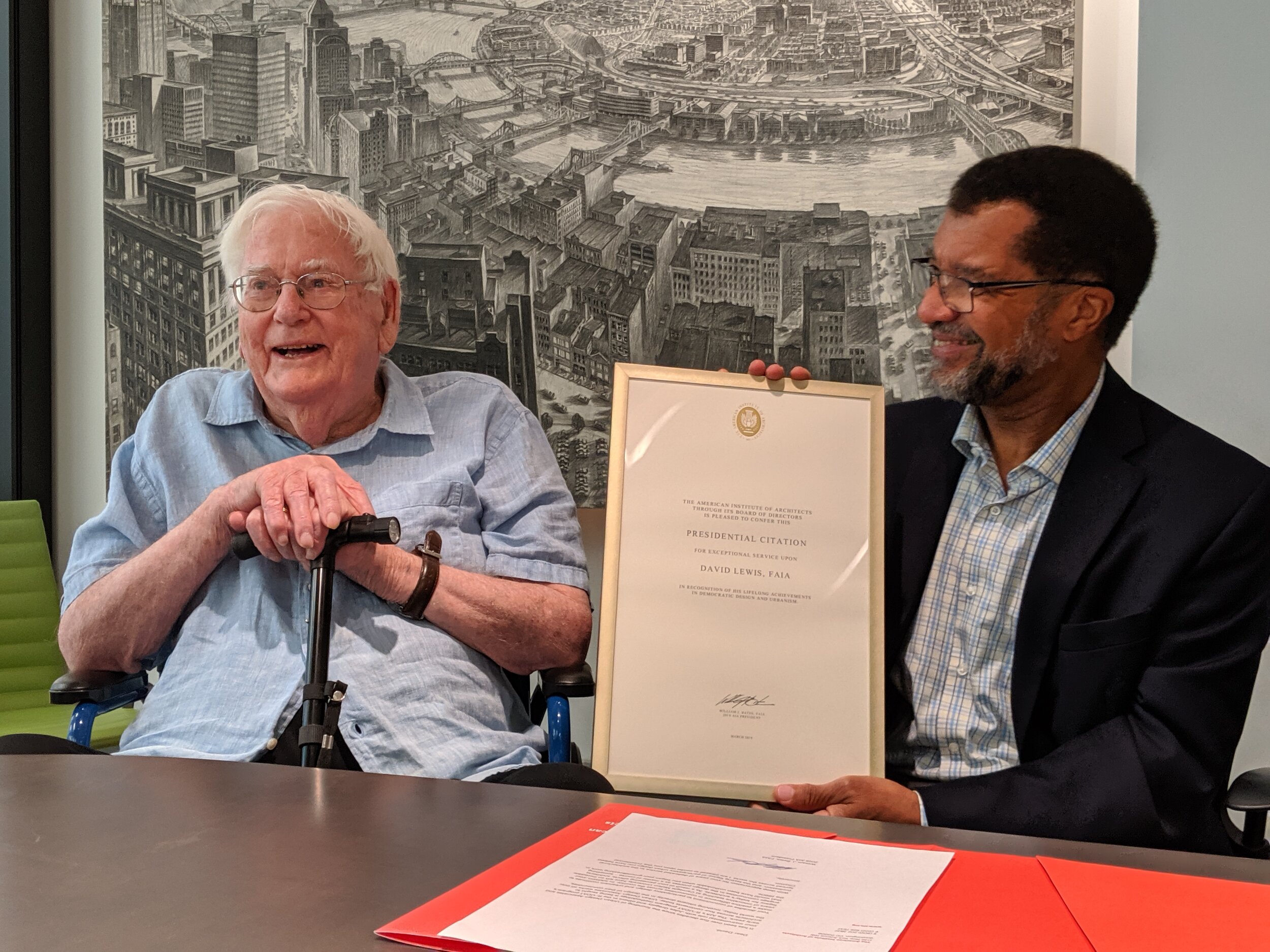
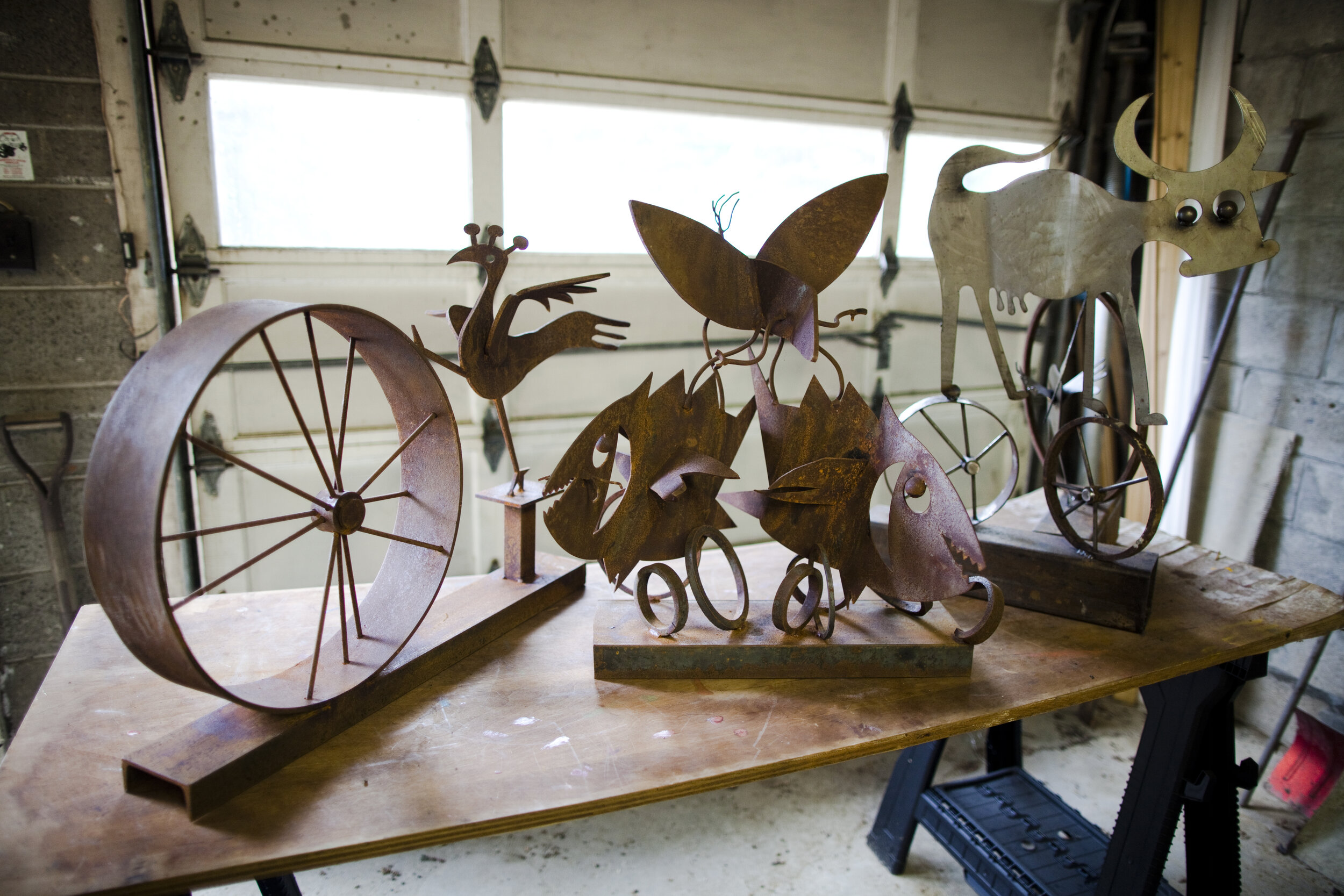
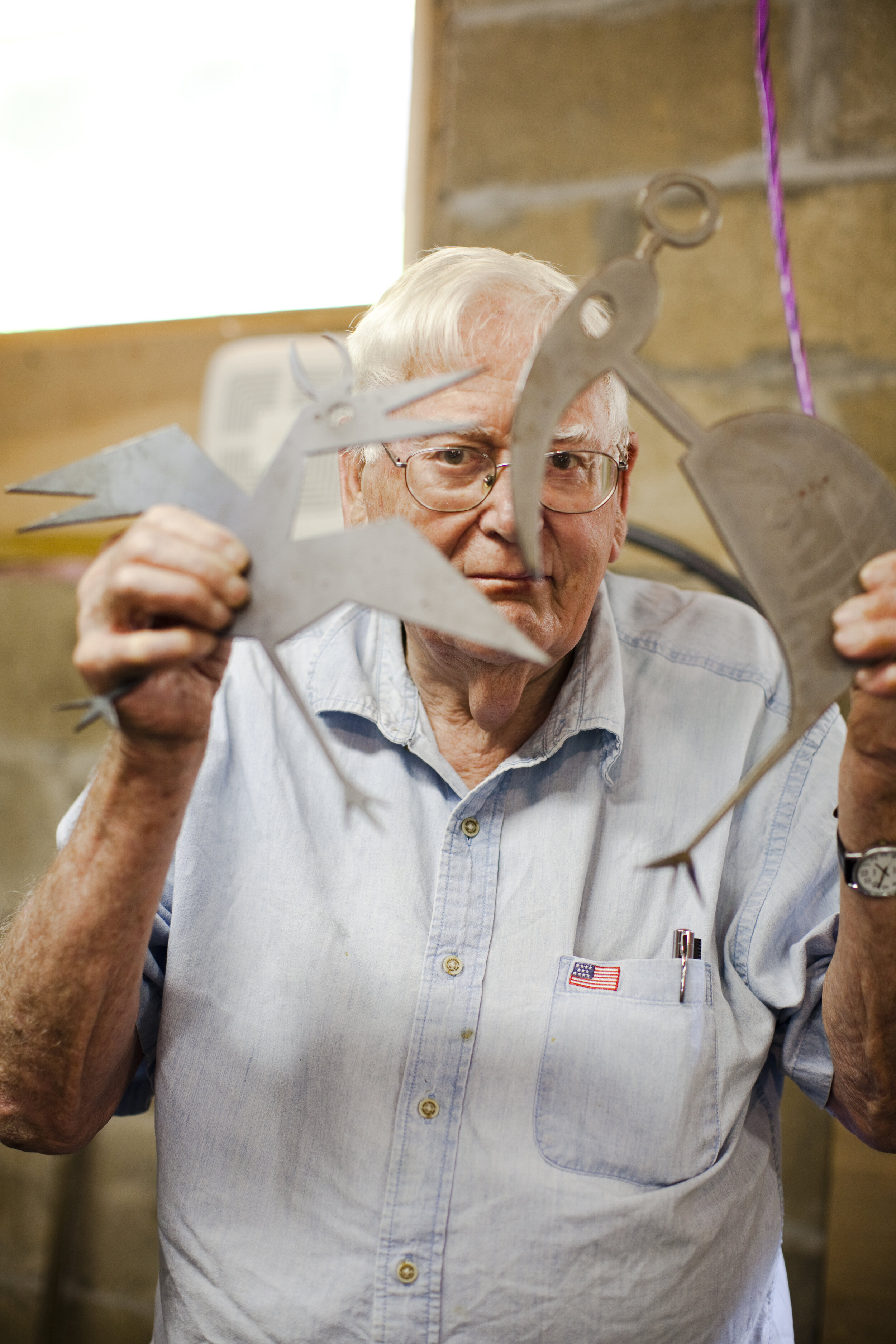
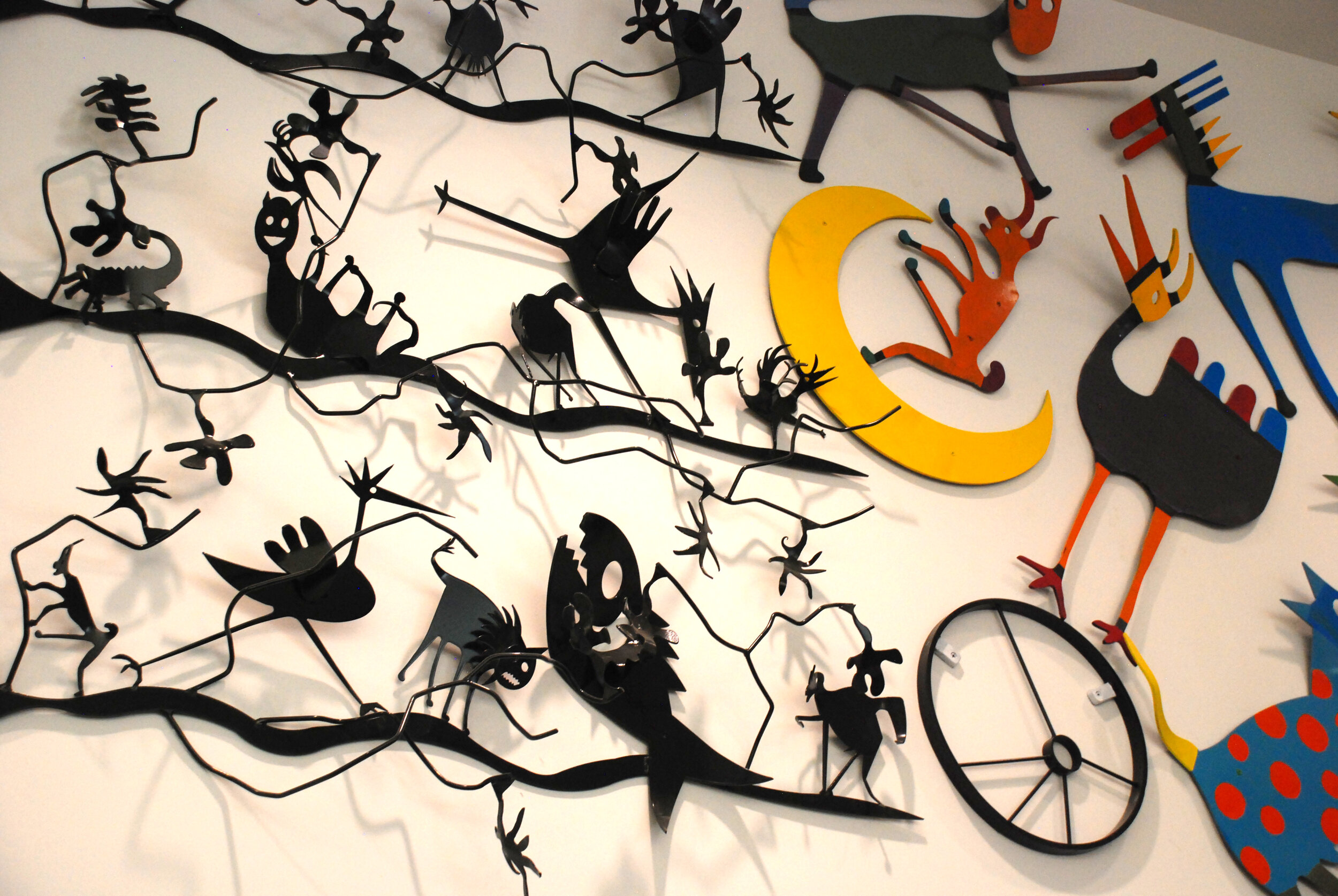
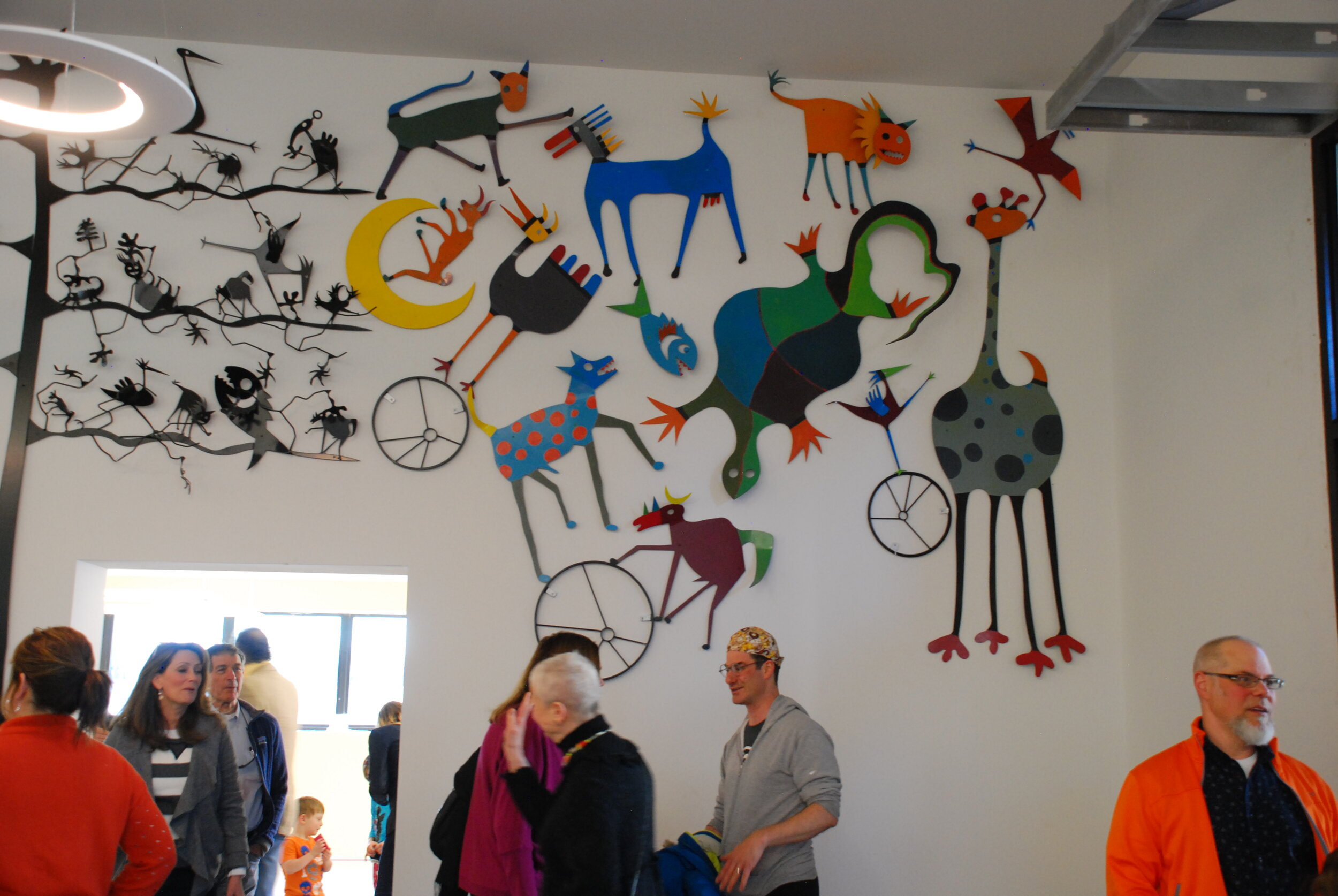
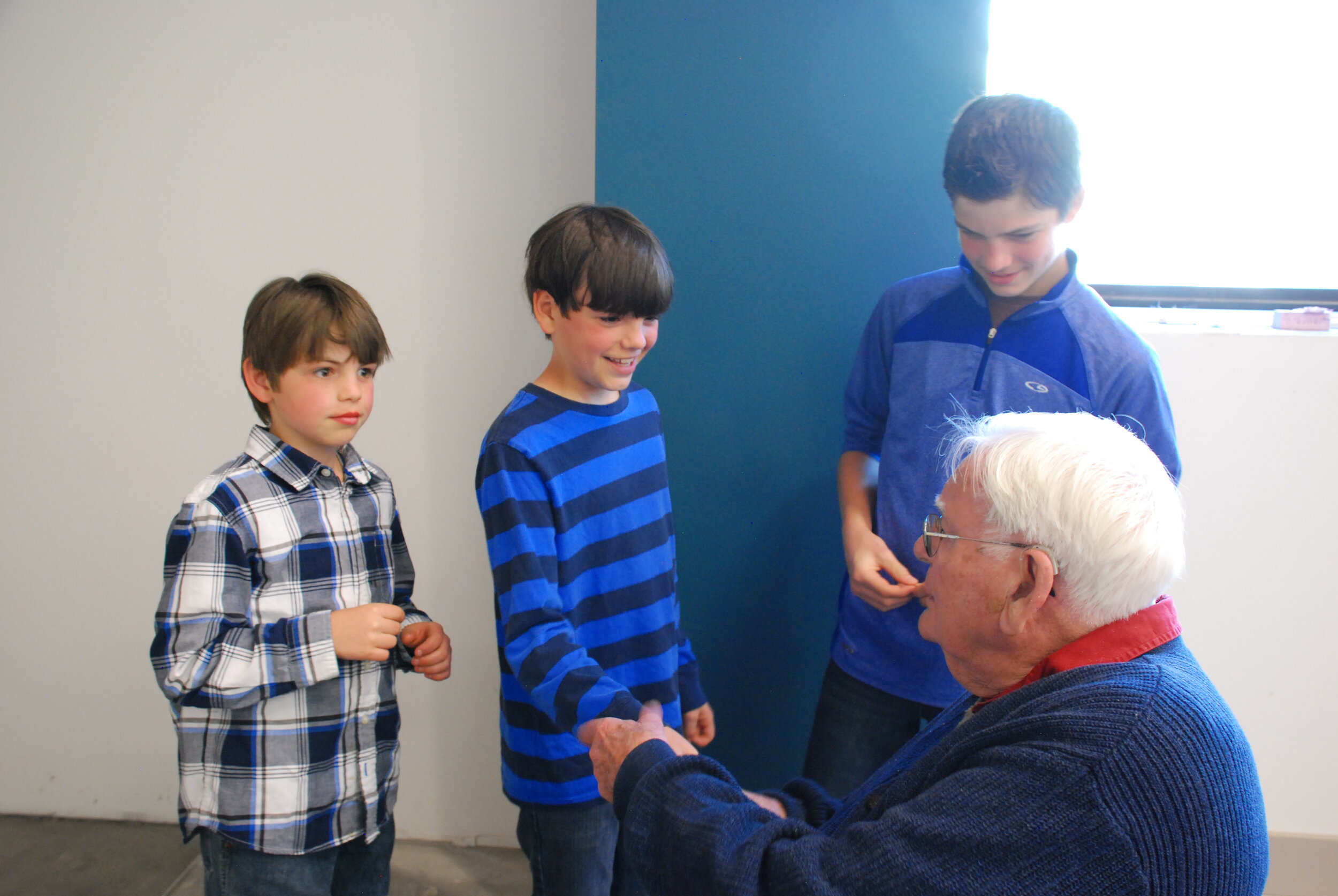
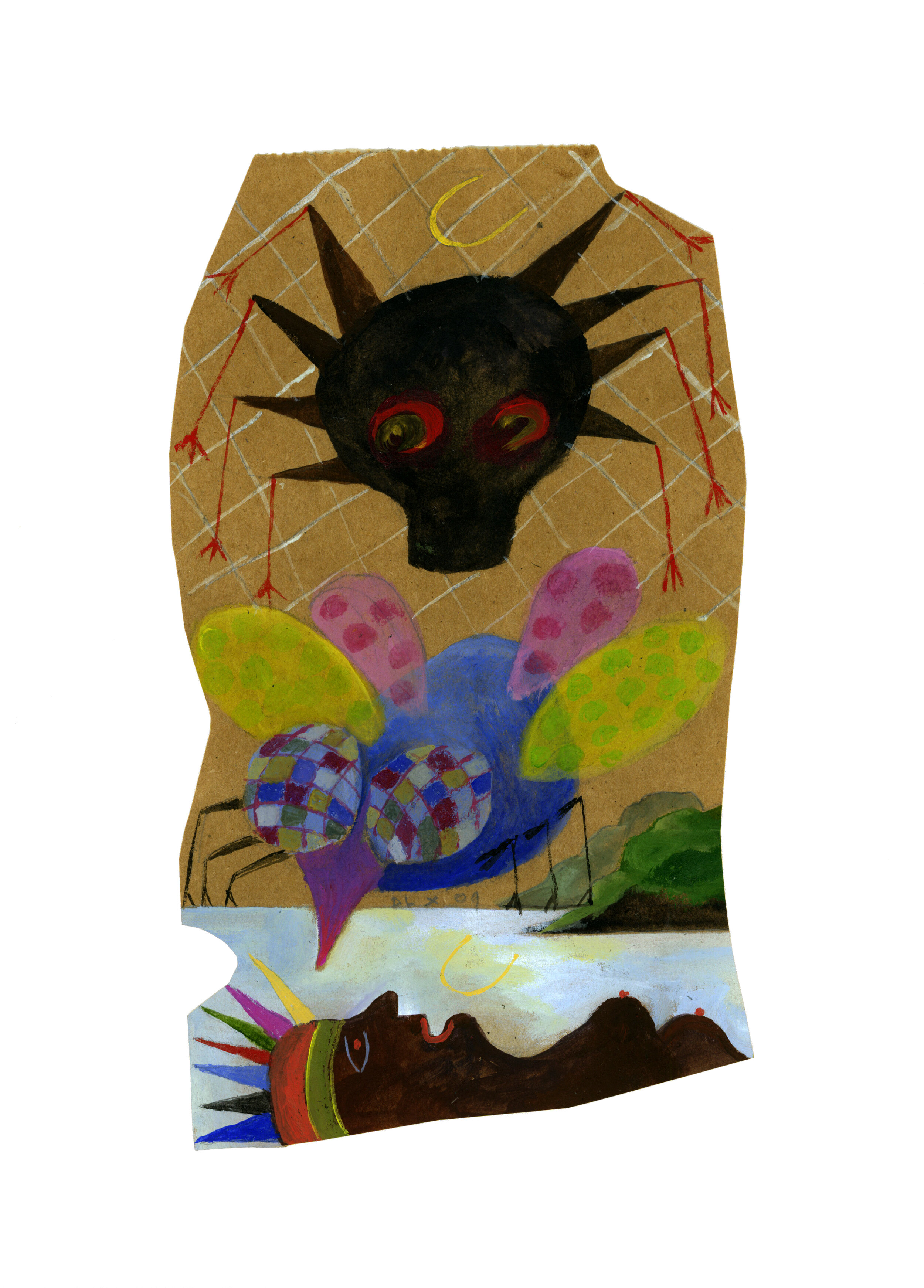
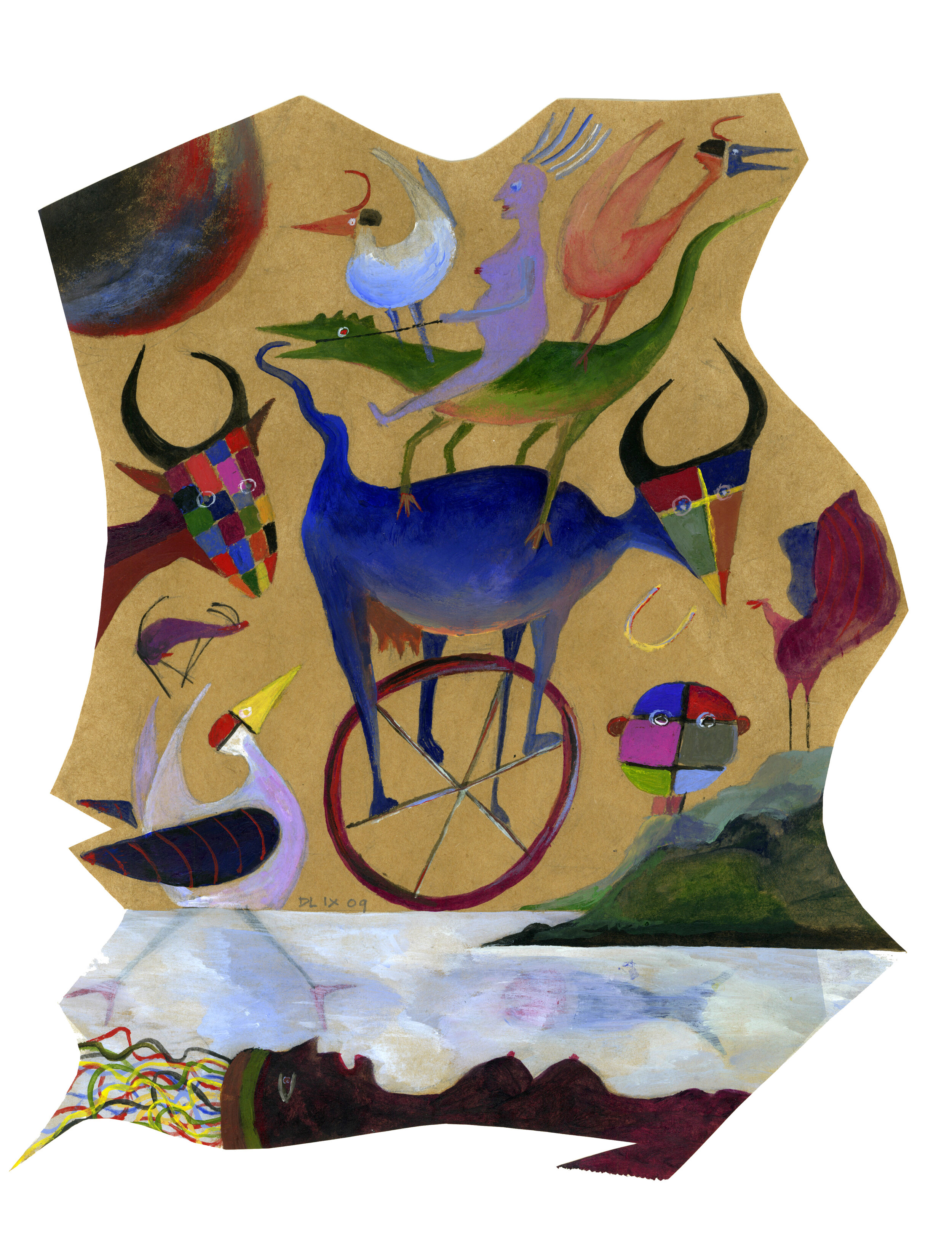
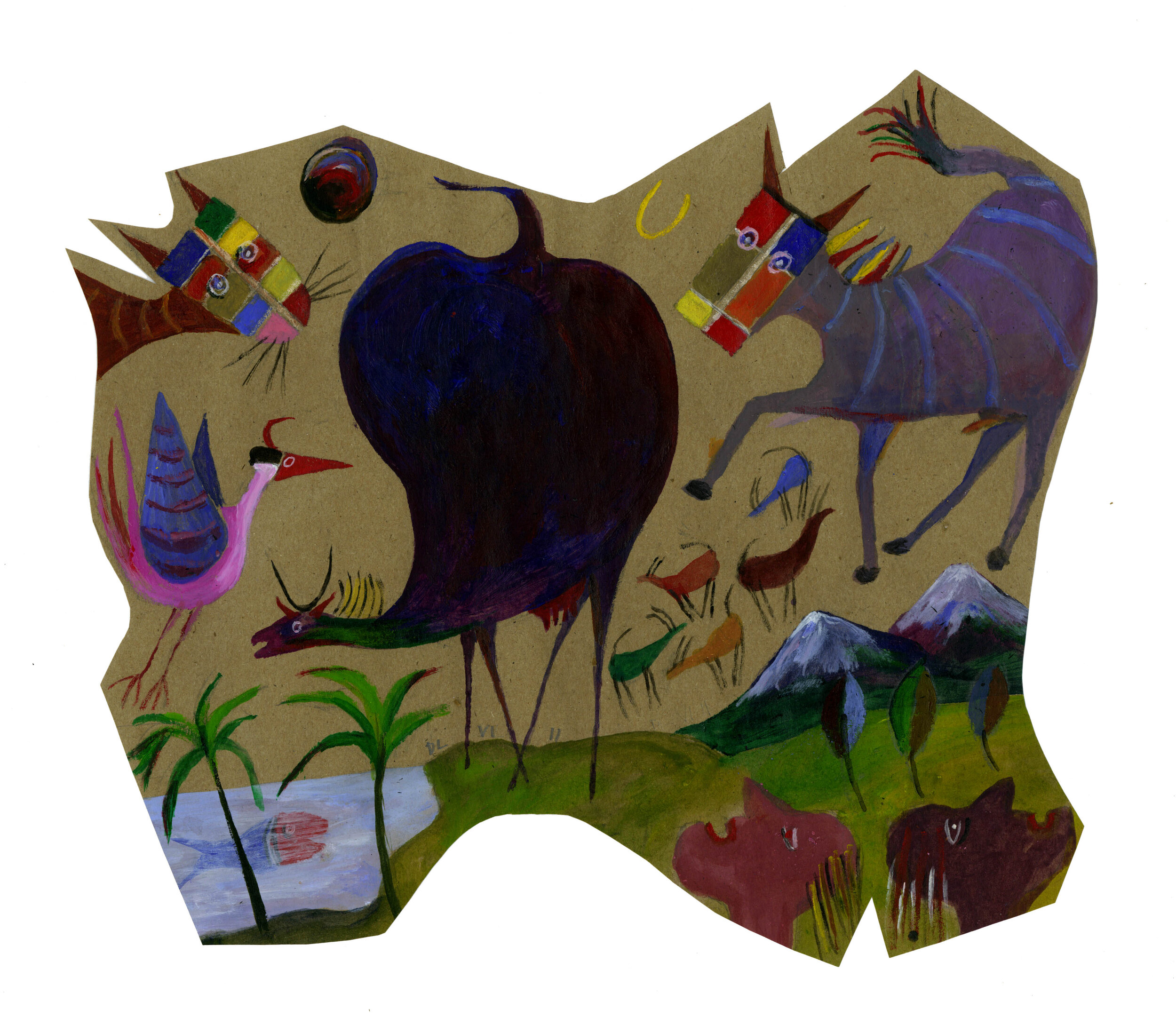
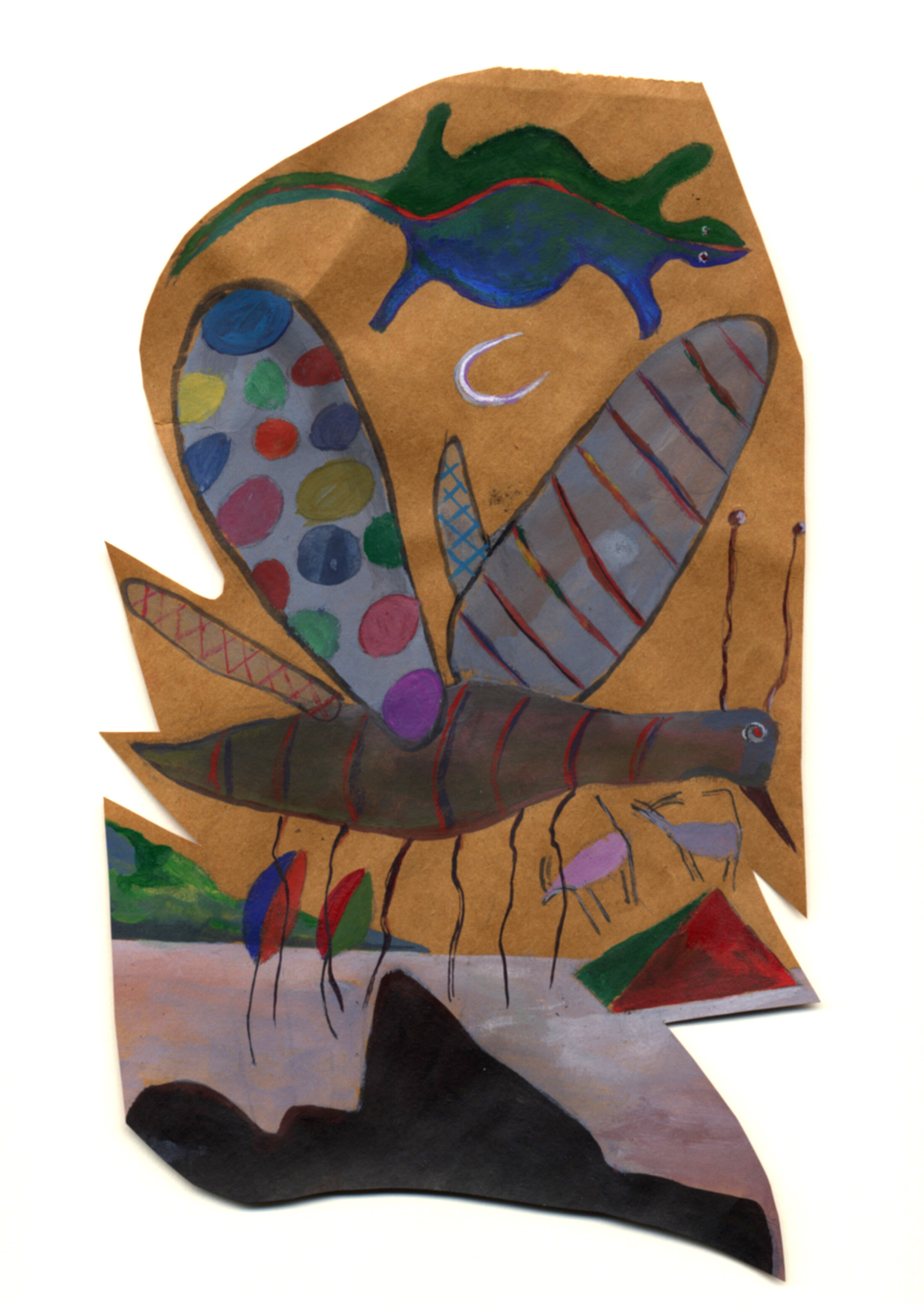
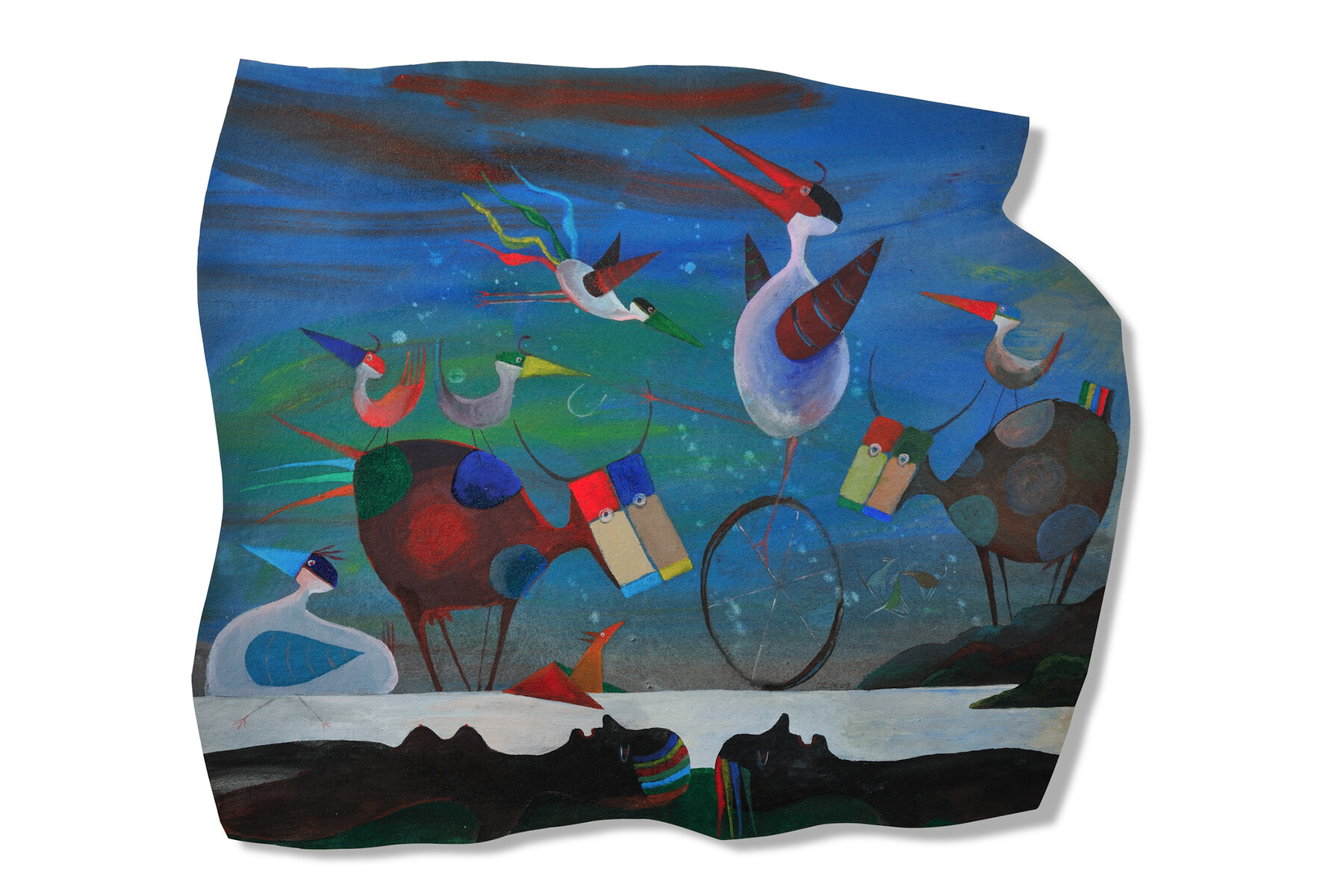
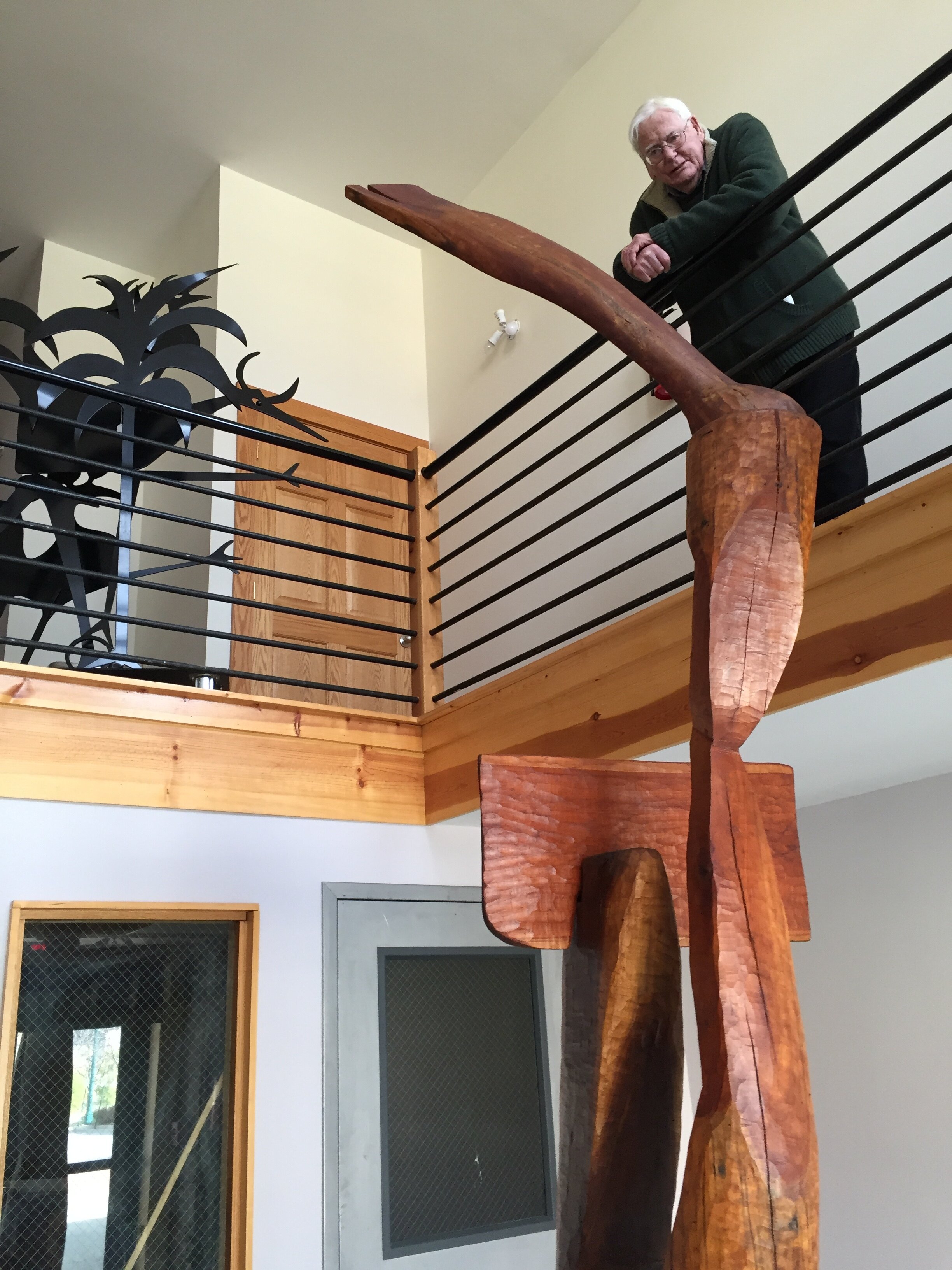
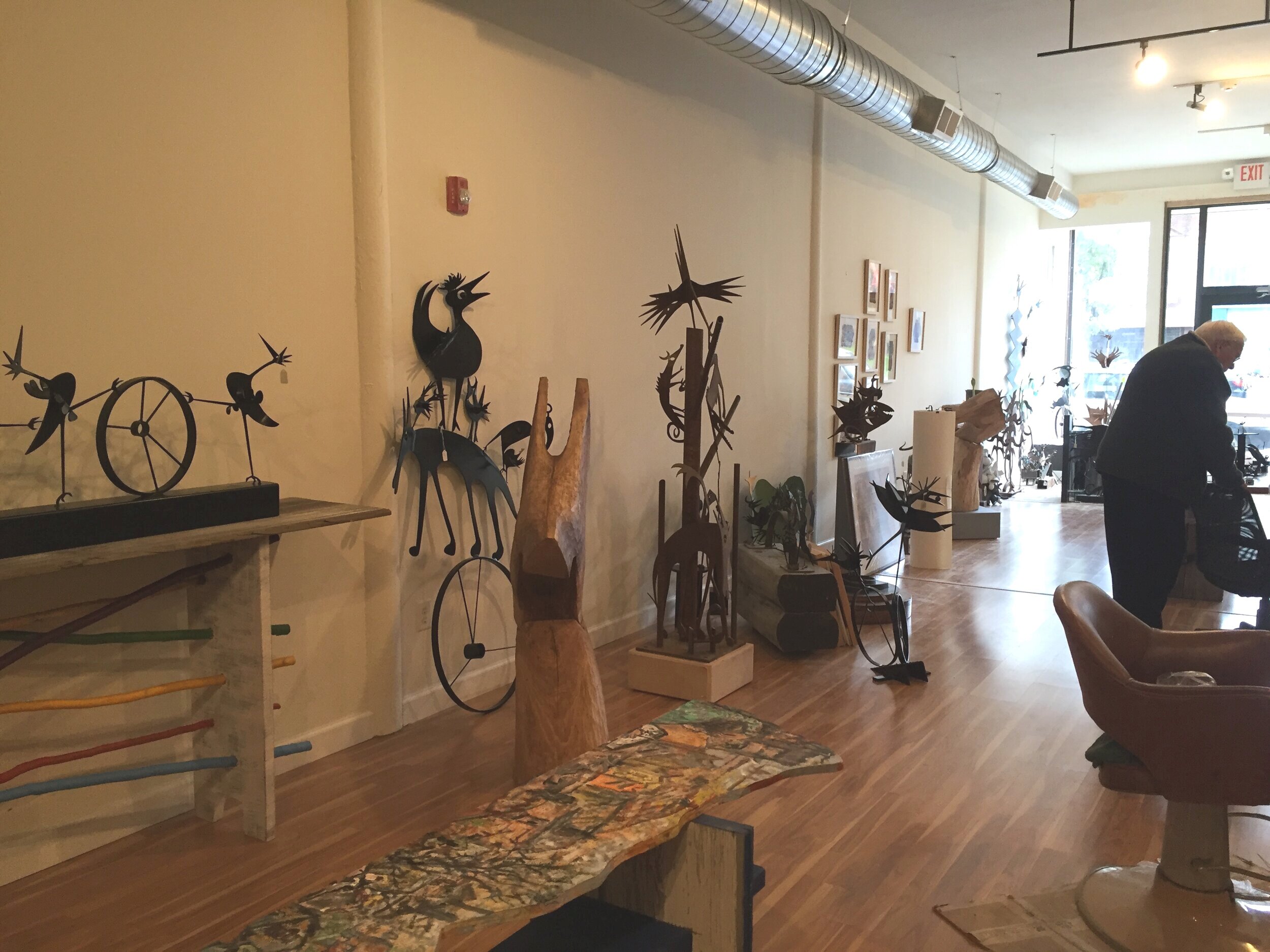
As an artist, David exhibited paintings and sculptures at the Mendelson Gallery in Pittsburgh and his Gallery - Art on 8th in Homestead. He lived with his wife Judith in the Homestead neighborhood of Pittsburgh, Pennsylvania.
In David’s words is a description of his art:
“My art belongs to a long tradition. For thousands of years artists have found animals, birds, and fishes to be the surrogates of human lives. From the walls of Lascaux to the paintings and sculptures of Picasso their presence has been a reflection of the inner self of artists, and the search for human identity and meaning in the vast scale of nature and the brevity of individual life.
Animals – birds, dogs, cows, elephants, lizards, insects, and fishes — inhabit my paintings and sculptures. They remind us that in our cities as well as in nature, we share a world that is not only vast in its variety and richness, but also in its impact on the range of our minds.”

